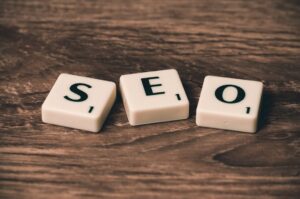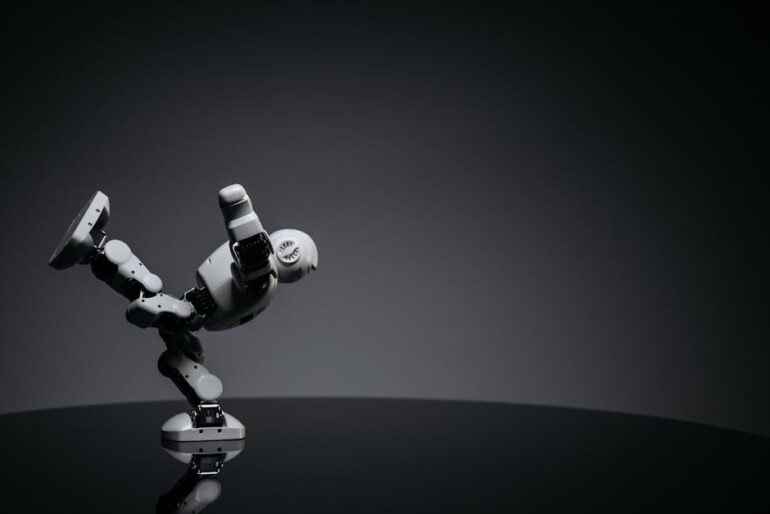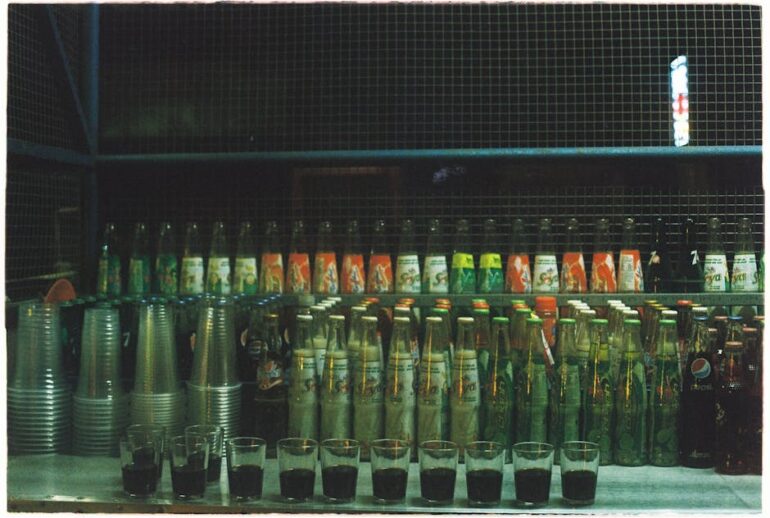Table of Contents
Digital ads, huh? Seems like everyone’s got an opinion on them, especially now that we’re sitting here in 2025. Things have moved pretty fast since a few years back, and what worked then might just make people scroll right past today. So, when folks talk about getting eyes on their stuff online, two big players usually pop up: native ads and display ads. Which one’s better? Well, that’s kinda like asking if pizza or tacos are better – depends on what you’re hungry for.
The Old Reliable (Sort Of): Display Ads
Alright, let’s chat about display ads first. You know them, right? Those banner ads, the ones that usually sit at the top or side of a webpage, or sometimes they pop up and kinda annoy you when you’re trying to read something. They’ve been around forever, practically since the internet stopped being just for scientists. Think of them as the billboards of the internet. Big, often bright, sometimes a bit loud, and they’re pretty much screaming, “Hey, look at me! I’m an ad!”
Back in the day, these things were pretty revolutionary. Marketers could just slap a picture and some words onto a webpage, pay a bit of money, and boom – potential customers saw it. And honestly, they’re still super popular. Why? Because they’re simple to make, you can put them almost anywhere on the web, and if you just want to get your brand name out there, they do the job. It’s like throwing a bunch of spaghetti at the wall and seeing what sticks. You get a lot of eyeballs, even if only a few actually click.
But here’s the thing, and I bet you’ve felt it too: people have gotten really good at ignoring them. It’s called “banner blindness.” Our brains just automatically filter out those blocks of color and text that look like ads. It’s a defense mechanism, I guess, from all the noise. So, you might have millions of impressions, but if hardly anyone’s actually looking at or clicking those banners, what’s the point? It’s kind of like shouting into a crowd – some folks might turn their heads, but most are just walking by, busy with their own stuff.
The Sneaky One: Native Ads
Now, native ads are a whole different beast. Imagine if that billboard wasn’t a big, flashy sign, but instead, it was just part of the landscape – a painting on a wall that somehow blended right into the building’s design, but it was still advertising something. That’s native advertising in a nutshell. These are ads that are designed to look and feel like the content around them. They fit in. They don’t shout; they whisper.
So, when you’re scrolling through your social media feed and you see a post from a brand that looks just like your friend’s posts, but it says “Sponsored” somewhere small, that’s a native ad. Or when you’re reading an article on a news site, and then there’s another article suggestion that looks like an editorial piece but it’s actually paid content from a company – yep, native ad again.
The whole idea here is to be less intrusive. Marketers figured out that if people are getting annoyed by ads, maybe they’ll respond better if the ad doesn’t feel like an ad. It’s more about telling a story or providing something useful, even if it’s ultimately trying to sell you something. From what I’ve seen, this approach can really work because it doesn’t break your concentration. You’re already in reading mode, or scrolling mode, and the ad just slips right in. It’s pretty clever, actually.
Different Flavors of Native
You see native ads in a few common spots:
In-feed ads: These are probably the most common. Like on Instagram or Facebook, where a sponsored post appears right in your main feed. It looks like a regular post, so you might not even realize it’s an ad until you’re halfway through it.
Search and promoted listings: When you type something into Google, and the first few results have a little “Ad” label next to them? Those are native, sort of. They match the search results format. Same for products on Amazon or eBay that appear at the top.
Content recommendations: You finish an article on a news site, and below it, there are suggestions for “You might also like…” Some of those are actual articles, and some are paid content from advertisers, disguised as more articles.
Sponsored content: This is where a brand creates a whole article or video that looks like it belongs on the site it’s published on. It’s less about a quick click and more about building a relationship or showing expertise.
The Big Showdown: What’s the Real Difference?
Okay, so we’ve got the in-your-face display ads and the blend-in native ads. But when it comes to picking one for your business, what’s the actual lowdown?
User Experience
This is, like, a super important one. Display ads can be pretty jarring. They interrupt whatever you’re doing. Think about trying to watch a video and a pop-up covers half the screen. Ugh. People just get annoyed, or they learn to ignore them. Native ads, on the other hand, try to be smooth operators. They show up and you barely notice them at first. That means a better experience for the person seeing the ad, which might make them more open to actually listening to what the ad has to say.
How Well They Work (Performance)
When you look at numbers, native ads often come out ahead in terms of click-through rates (that’s how many people actually click the ad). It makes sense, right? If an ad looks like normal content, you’re more likely to click it out of curiosity than you are a flashing banner. Engagement, like how long someone spends looking at the ad or interacting with it, also tends to be higher for native stuff. But display ads can still be good for just getting your name seen, building brand awareness, even if no one clicks. It’s like seeing a billboard every day on your commute – you might not consciously notice it, but your brain registers the brand name.
Trust Issues
Here’s where it gets a little complicated for native ads. Because they blend in so well, some people feel like they’re being tricked. If you read a whole “article” and then realize it was an ad all along, you might feel a bit cheated. That could damage trust. Display ads, for all their faults, are usually pretty clear they’re ads. There’s no guessing. So, while native ads can get more engagement, advertisers gotta be careful not to cross the line into being deceptive. Always gotta tell folks it’s an ad, even if it’s subtle.
The Money Side of Things
So, what about the cost? Generally, native ads can sometimes be a bit more expensive per click or per thousand views (that’s CPM) than display ads. Why? Because they tend to perform better, and publishers know that. It’s like paying more for a really nice, well-placed billboard versus just a cheap sign. But if those native ads lead to more sales or sign-ups, then that higher cost can be totally worth it. Display ads can be dirt cheap, but if nobody’s clicking or buying, then even cheap isn’t really cheap, is it?
Getting Your Message Out There (Reach and Scale)
Display ads can reach a ton of people. They’re everywhere. You can pretty much put a banner on millions of websites if you want. Native ads, though popular, don’t always have that same crazy reach. They rely on fitting into specific platforms or websites that support them. So, if you’re looking for super wide brand exposure, display might still have an edge. But if you want to reach a specific group of people with a message they’re more likely to absorb, native starts looking pretty good.
What You Can Do With Them (Creative Freedom)
With display ads, you’re often limited to pretty standard sizes – a rectangle here, a skyscraper there. And usually, it’s just a picture and some text. Native ads, though, give you way more room to play. You can write a whole article, make a video, create an interactive experience. You can tell a story, which, in my experience, really helps people connect with what you’re selling.
So, Who’s the Champ in 2025?
Honestly? There’s no single winner. It’s not like one just stomps the other. What’s interesting is that both types of ads have their place, even now.
If you’re a new company and you just want to get your name out there, like, “Hey world, we exist!” then display ads can still do that job really well for a relatively low cost. They’re good for pure brand awareness, especially if you’re on a tighter budget and just need to get impressions. And, yeah, some display ads are getting smarter, less intrusive. They’re adapting, too.
But if you want people to actually stop, read, think, and maybe even feel something before they click, then native ads are probably your best bet. They work when you want to build trust, provide value, or tell a more complex story. I believe that as people get more ad-fatigue, the less intrusive, more content-like nature of native ads will continue to be a powerful tool for marketers who want real engagement, not just eyeballs.
Sometimes, the smartest play is using both. You might use display ads to broadly introduce your brand, and then follow up with native ads to tell a deeper story to the people who showed some initial interest. It’s all about figuring out who you’re talking to, what you want them to do, and how much money you’ve got to spend. And then, you gotta test it out. See what sticks. What works for one business might totally flop for another. It’s basically a big experiment, all the time.
FAQs About Native vs. Display Ads
Are native ads sneaky or deceptive?
They can be, but they don’t have to be. The idea is to blend in, not to trick people. Most good native advertising platforms make sure to label ads clearly (even if it’s small, like “Sponsored” or “Ad”). It’s about being less intrusive, not misleading. But some advertisers push that line, which isn’t great for anyone in the long run.
Can display ads still get people to click?
Totally! While “banner blindness” is a real thing, well-designed, targeted display ads can absolutely still get clicks and conversions. If you know exactly who you’re trying to reach and the ad creative is super compelling, people will notice. Also, retargeting – showing ads to people who already visited your site – can make display ads really effective.
Is one cheaper than the other, usually?
Generally, display ads can be cheaper per impression (CPM) or even per click (CPC) upfront because there’s so much inventory out there. Native ads might cost a bit more because they’re often more effective and require more effort to create (like a whole article). But if the native ad gets you more actual customers, the higher upfront cost might lead to a better return on your spending.
How do I know which one to pick for my business?
Think about your main goal. If you just want a ton of people to see your brand name, display ads might be good. If you want people to really engage with your message, learn something, or consider a purchase carefully, then native ads are probably better. Also, look at where your customers hang out online. Are they on social media, reading news sites, or just browsing all over? That helps too.
What does “banner blindness” actually mean for my ads?
It’s just that people have gotten so used to seeing banner ads that their brains automatically tune them out. We see them, but we don’t process them. It’s like background noise. So, even if your ad is technically visible on a page, it doesn’t mean people are paying any attention to it. It makes it harder for display ads to grab attention unless they’re super unique or perfectly targeted.
So, yeah, that’s the lowdown on native versus display ads in 2025. It’s not about finding one perfect answer, more about understanding the tools you’ve got. And believe me, the landscape keeps shifting, so staying on top of what works and what doesn’t is an ongoing thing.

















